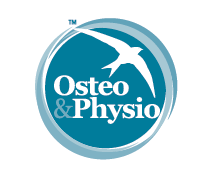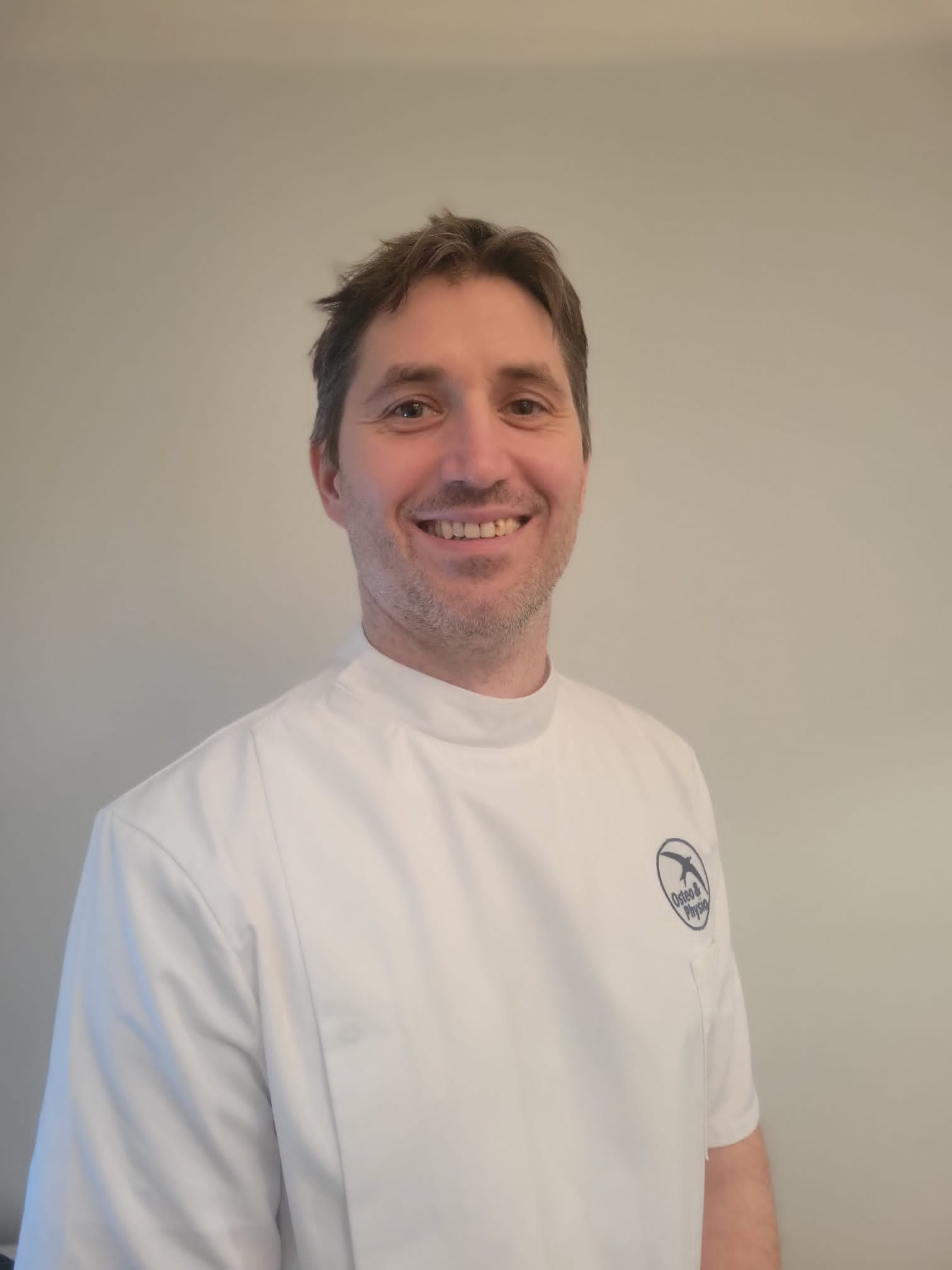

Exmouth Osteopathy has changed Owners!
We are delighted to let you know that the clinic previously owned by Exmouth Osteopathy and Massage is now being run by Osteo and Physio Exmouth.
The new clinic principal is Louise Pratley.
Louise is a skilled and caring Osteopath, who has been practicing for the last 5 years in East Devon, is cherished by her patients and is well known for her podcast and the Osteo and Physio youtube channel.
Louise is incredibly grateful to Jamie Rose for entrusting the future of the clinic to her, and will ensure that the standard of skill and care you receive will be everything you hope for and expect.


Book an appointment at 14A High St, Exmouth EX8 1NP
Or call our new phone number 0345 5577788 to speak to our helpful receptionist.
Click here for the new clinic website to bookmark.
We look forward to seeing you soon.
Our Exmouth team also includes an amazing Osteopath Marek Kolarik
Marek graduated as an Osteopath from UCO in London. Prior to his Osteopathic qualification, he worked as a massage therapist focusing on sport injuries and general musculoskeletal complaints. Marek has worked in London, the Peak District and Slovakia where he had the opportunity to expand his knowledge of treatment modalities working with a diverse population.
Marek’s treatment approach is mostly derived from structural osteopathy, alongside using other direct techniques such as massage, dry needling, shockwave therapy, muscle stretching and rehabilitation exercises. He believes that providing patients with hands-on care and advice, that is accustomed to their personal lifestyle, is generally the key to successful recovery from pain and restriction. He understands that helping someone to improve their health and get out of pain, it is fundamental for the patient and therapist to work together.
Marek’s journey to Osteopathy was chiefly influenced by overcoming his own sport injuries, which consequently drives his interest as an osteopath. He is a keen runner, hiker and water sports enthusiast.

Five star reviews for Louise on Google
Diana Thompson
I have been treated by Louise Pratley – Osteopath at Tiverton Practice – regularly for sometime. I have always had back problems and cannot recommend Louise highly enough. Her expertise and understanding, is second to none. I completely trust her and found her treatment invaluable. At times, I’m not sure how I would be out and about without my regular visits to her! Thank you so much Louise.
Sheelagh Chipman
I had my initial appointment with Louise yesterday after she was recommended to me by a friend . I have long term Achilles tendinitis. Louise listened carefully and explained clearly about the condition and the treatment, followed by recommendations going forward . I have my second appointment next week after using the exercises and the very helpful website she showed me to use . Louise talks you through every stage while she is working and is very friendly and knowledgeable.
Pippa Johnson
I have been visiting Louise in the Tiverton clinic now for well over a year. When I first visited Louise I was taking a lot of pain medication, was unable to carry out simple tasks and my back pain had taken over my life. Over the course of the first six months I no longer required pain medication and was able to move better. Over a year on and I’m now only visiting the clinic 12 weekly, I am able to go to the gym several times a week and am even weight training which is something I never ever thought I would be able to do. Louise is amazing! She has such a friendly face, is very professional and knowledgeable in her area. I wouldn’t go anywhere else now and I’m glad I made the decision to finally get some help with my crippling back pain that has literally changed my life for the better! Thankyou so much Louise, I cannot wait for my next appointment.